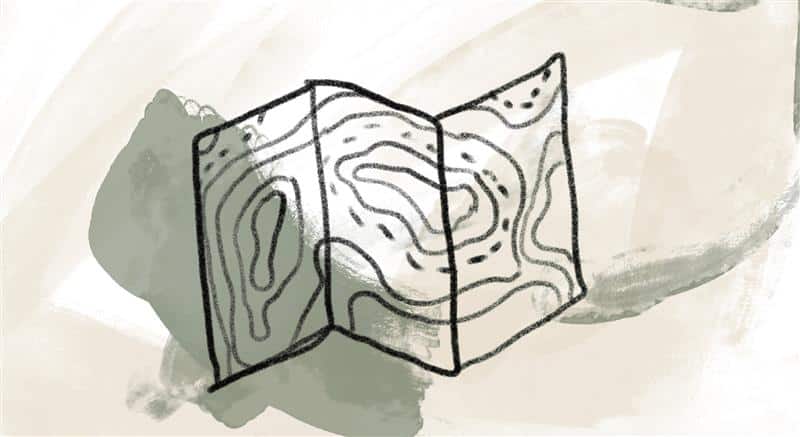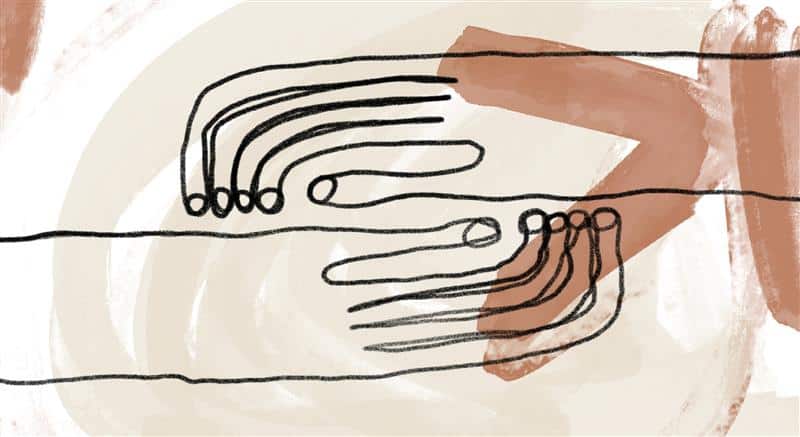
In his talk Hell, No!, Father Richard considers the image of fire in the Scriptures:
God heals people by making them into what they are really meant to be. The prophet Ezekiel proclaims that when Israel sins, all God does is love them more. Their image for that love was a purifying fire. Often when the word fire is used in the Bible, it’s not a torturing fire, it’s a purifying fire. That’s a metaphor that mystics and poets still use to this day. We describe times of suffering that offer us greater strength, insight, or resilience by saying, “I was tried by fire.”
In one chapter, Ezekiel repeats the word restore. God says to the people, “I will restore them … I will restore them … I will restore you” (see Ezekiel 16:53–56, Jerusalem Bible). The prophet has spent chapters scolding them for their unfaithfulness to their covenant with God, and then he changes course. Ezekiel says that God’s love, forgiveness, and commitment to restorative justice are so complete that Israel’s conscience will awaken. They will understand what they have done and be reduced to silence and confusion (see Ezekiel 16:63). That’s what we Catholics understood as purgatory. Here’s an example: Have you ever spoken ill of somebody, actively disliked somebody, or put someone down in the presence of others? Then they approach you, and it turns out they’re not only nice, but they’re really nice. They wish you well. That feeling is called remorse; we used to call it compunction. We are reduced to silence and confusion. Let’s be honest, grace is always a humiliation for the ego.
Of course, we clergy overplayed the notion of purgatory, making it some kind of retributive justice instead of restorative love. We couldn’t deny the mercy of God, and we knew that the love of God was going to win, but we still made it necessary to burn there for some number of years. We had a deeper intuition of love’s flame, but we settled instead for the literal fire. [1]
Teresa of Ávila (1515–1582), the mystic and Carmelite reformer, used metaphorical images of fire, water, candle, and wax to describe the soul’s union with God. Author Mirabai Starr writes:
The Beloved (as you teach us, Saint Teresa) longs for union with us as fervently as we long for union with him. God’s desire for the soul is no less than the soul’s desire for God. It is a matter of perfect reciprocity (you assure us). Believe it.
The only difference is that when the soul unites with the Holy One, she disappears and he grows. She is the raindrop falling into the river. He is the river calling her home. She is the candle flame burning in the daytime. He is the sun absorbing her. They are a single sea. They are one fire. [2]
Since my Beloved is for me and I for my Beloved, who will be able to separate and extinguish two fires so enkindled? It would amount to laboring in vain, for the two fires have become one. [3]
References:
[1] Adapted from Richard Rohr, Hell, No! (Albuquerque, NM: Center for Action and Contemplation, 2014). Available as MP3 audio download.
[2] Mirabai Starr, Saint Teresa of Avila: Passionate Mystic (Boulder, CO: Sounds True, 2007, 2013), 48–49.
[3] Teresa, Soliloquies 16.4, in The Collected Works of St. Teresa of Avila, vol. 1, trans. Kieran Kavanaugh and Otilio Rodriguez (Washington, DC: ICS Publications, 1976), 389.
Image credit: Wonderlane, Untitled (detail), Seattle, 2020, photograph, public domain. Click here to enlarge image.
A fire of love can fill us up and shine out with great strength.
Story from Our Community:
I have been reading and listening to CAC material for years. I am so very grateful to be a small part of a community of mystics, exploring and living the truth and joy of God’s love. I feel so nurtured to fully embrace my own experience. I’m beginning to experience a relationship with Spirit that goes far beyond simple religion. —Gay E.




